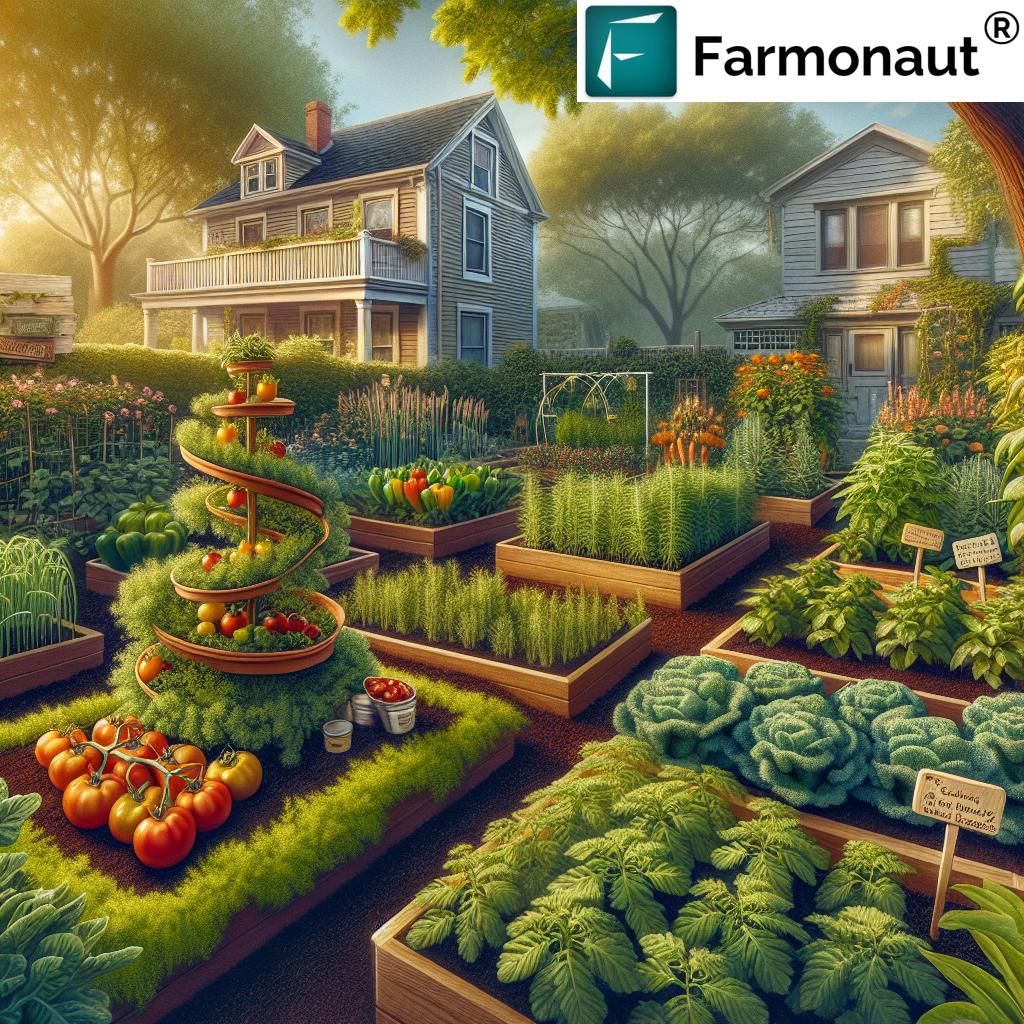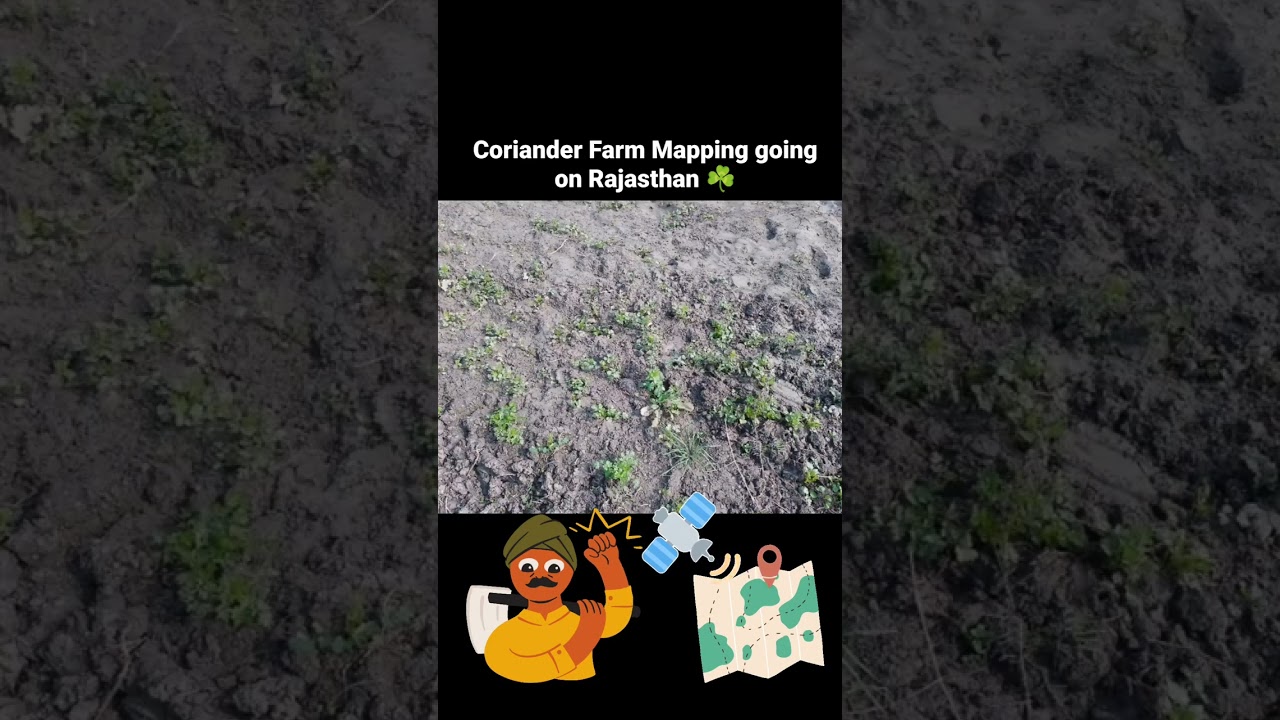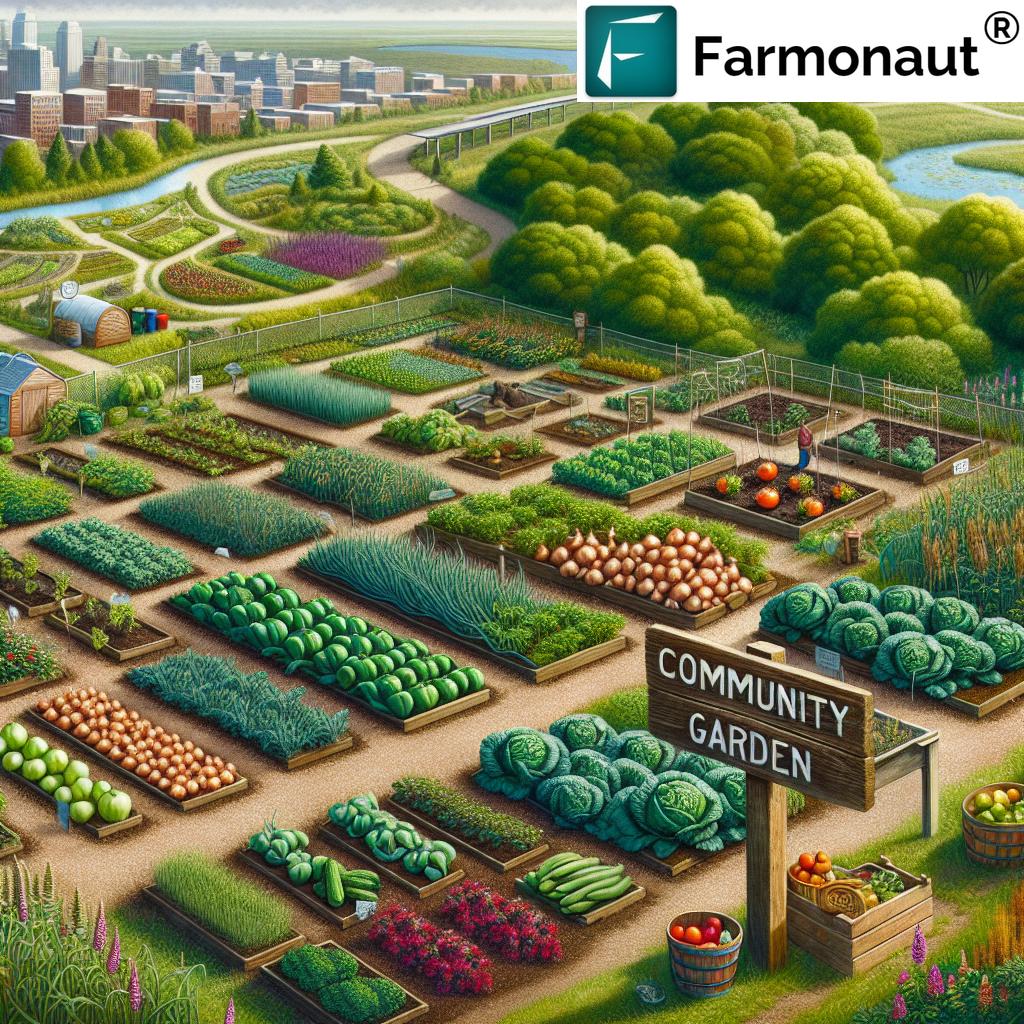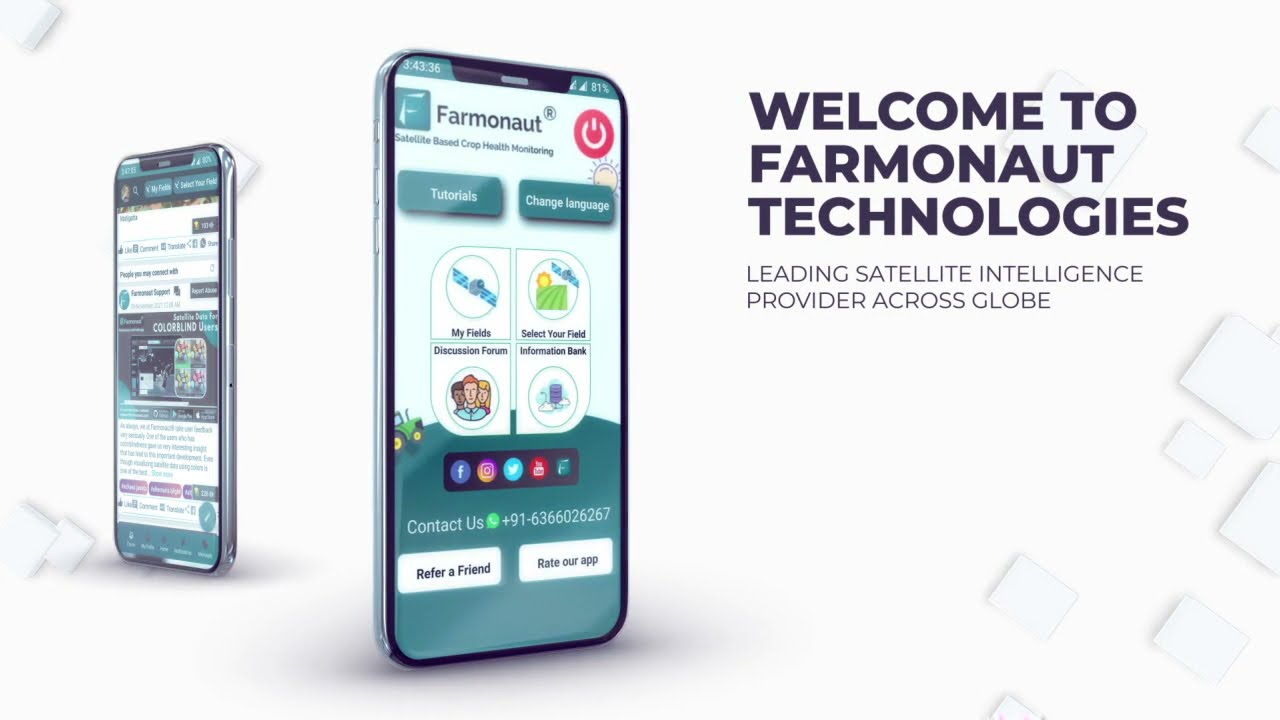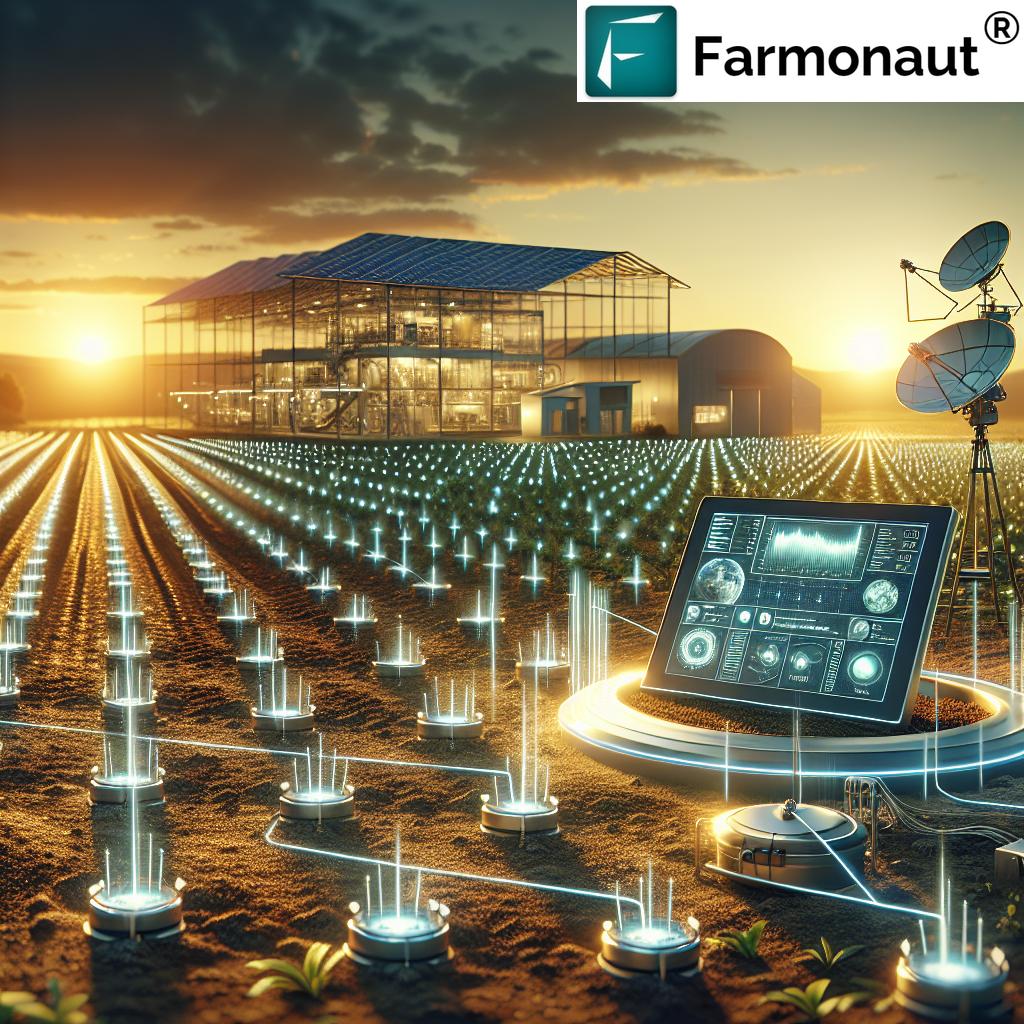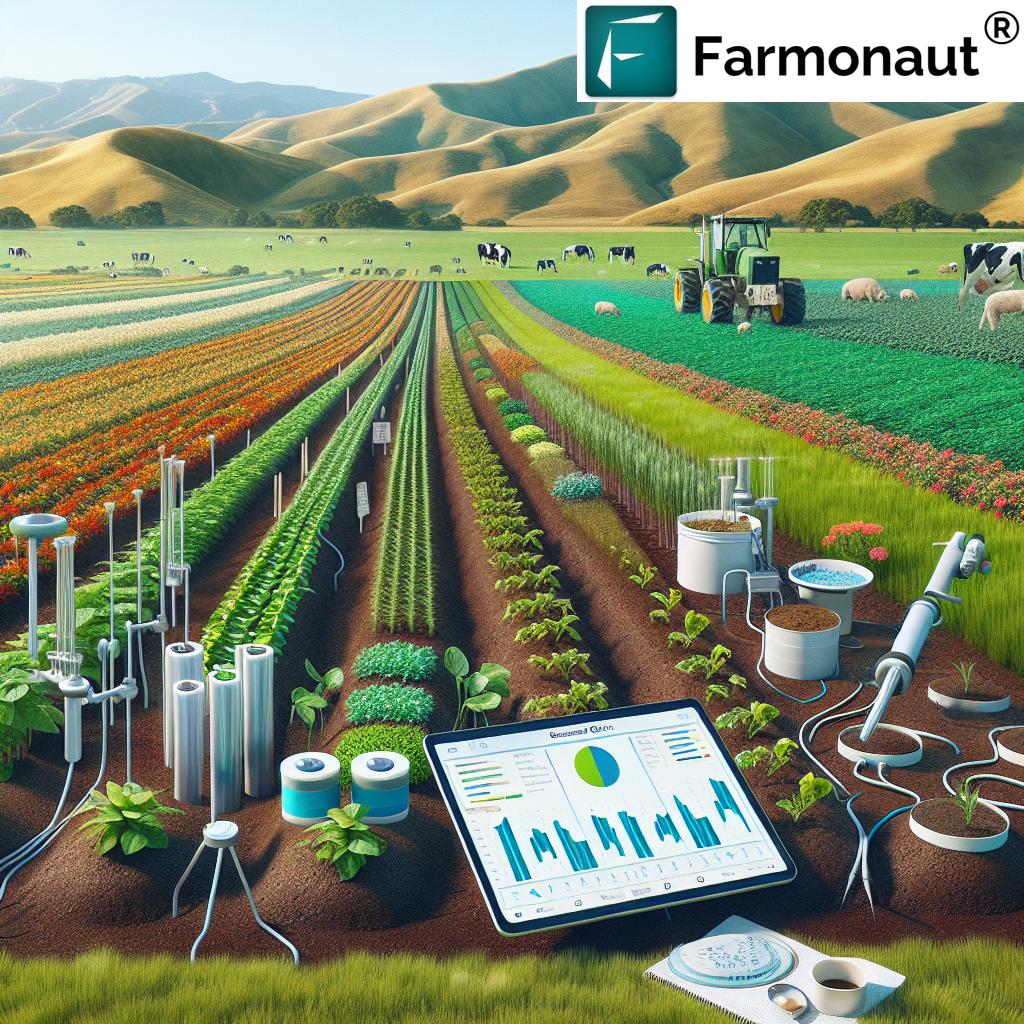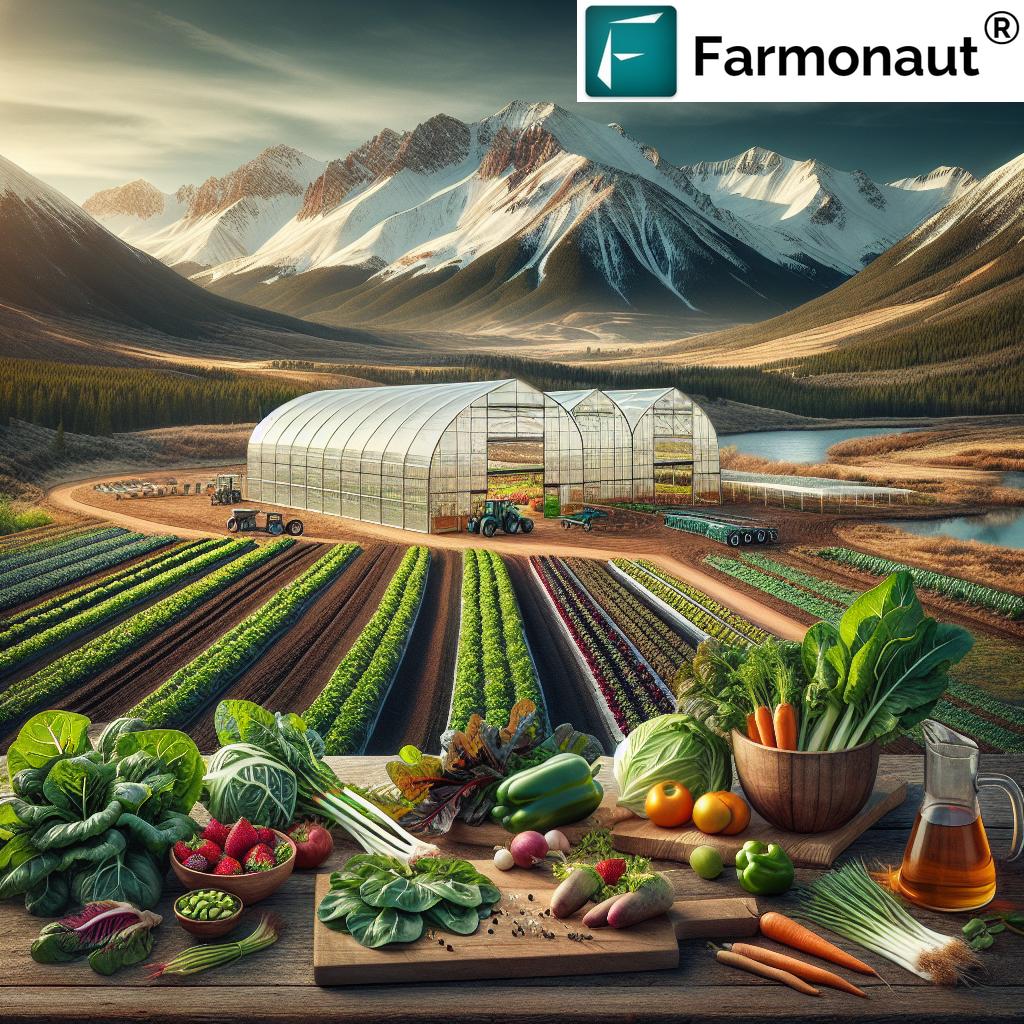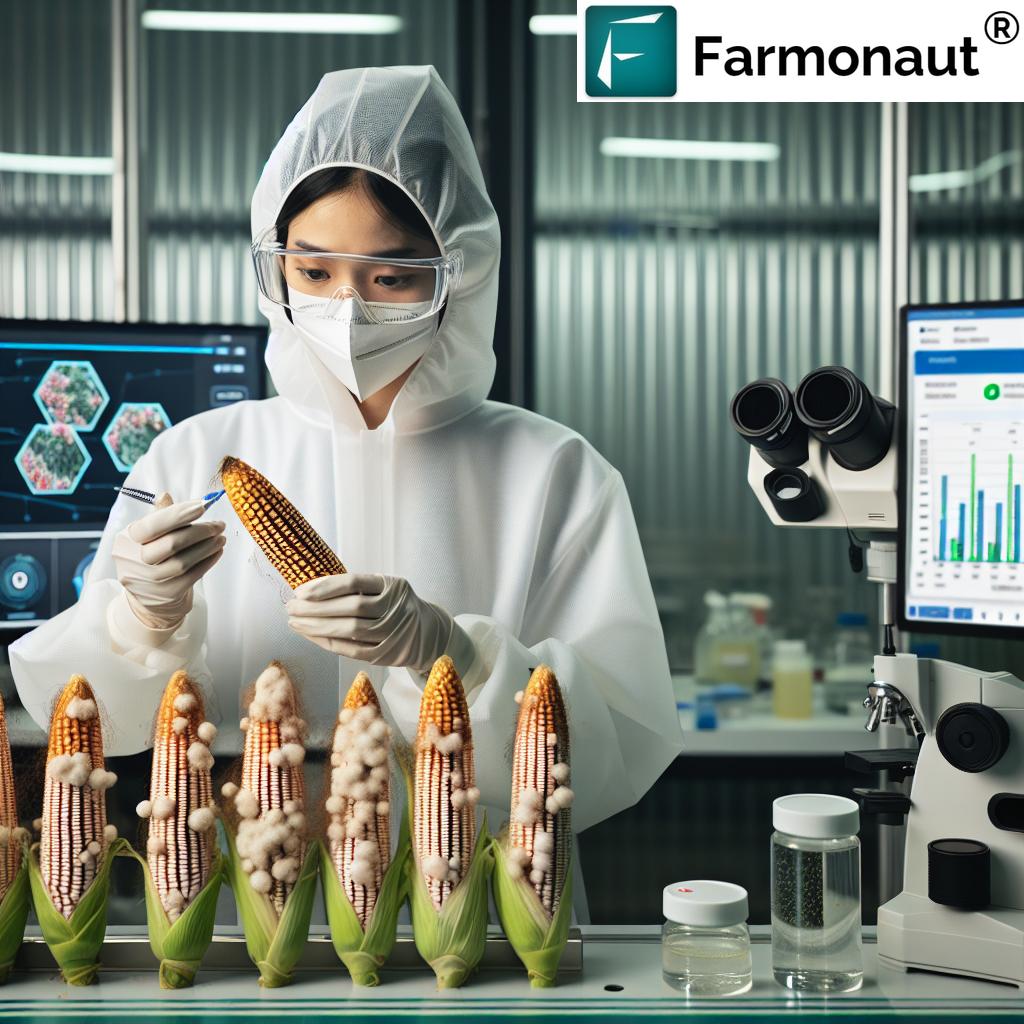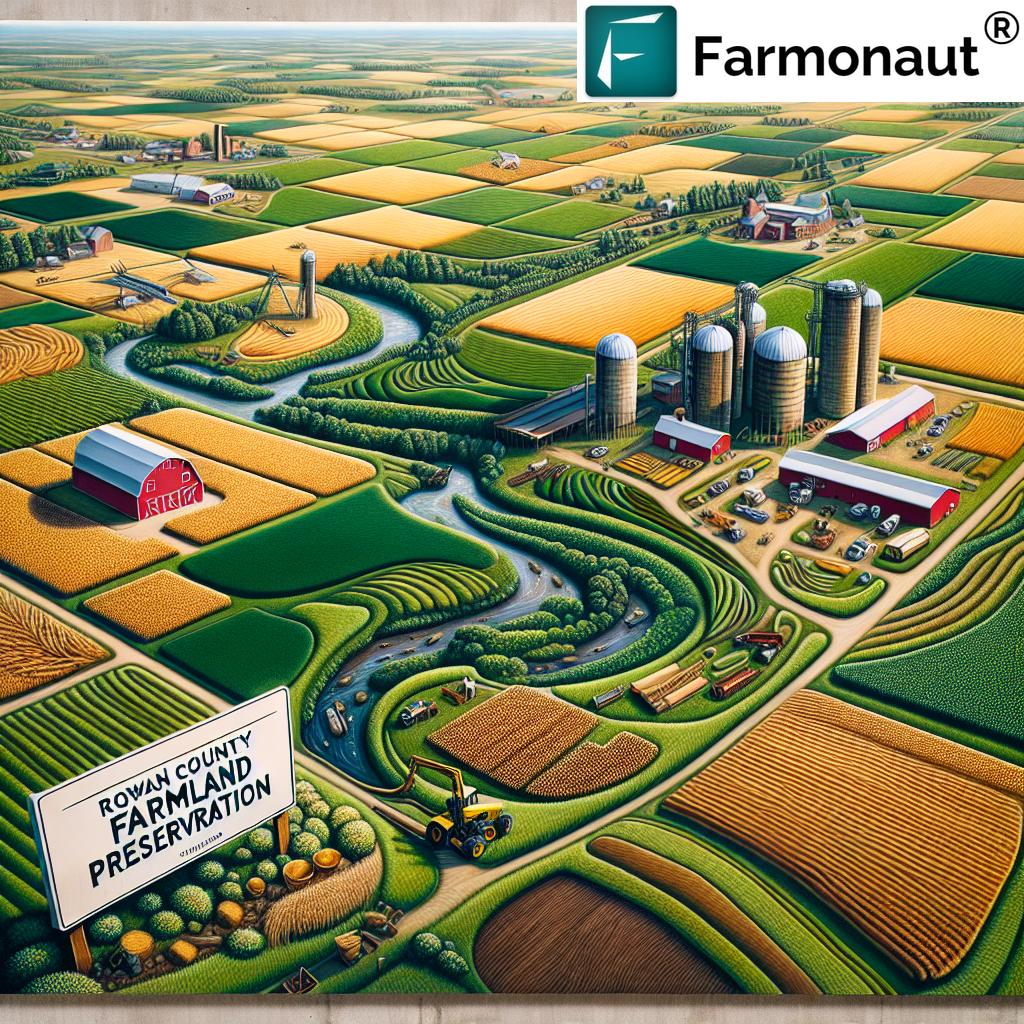Vegetable Gardening in Bloomington Illinois: 7 Proven Tips for Success
“Did you know? Bloomington gardeners can harvest up to 10 pounds of tomatoes per plant in a single season!”
Introduction: Our Blooming Interest in Vegetable Gardening
When we first moved into our cozy house in Bloomington, Illinois, the idea of vegetable gardening felt unfamiliar and even a bit daunting. However, as more of us in this vibrant Central Illinois community take a closer look at where our food comes from—whether due to concerns about industrial agriculture, cost, or just for the sheer joy of getting our hands in the soil—we’re discovering how rewarding it can be to grow our own food at home.
Over the past few years, a growing interest in vegetable gardening in Bloomington Illinois has transformed backyards, balconies, and community spaces into lush plots filled with tomatoes, cucumbers, kale, herbs, and peppers. Inspired by conversations with other local gardeners and experts, we’ve pulled together these proven tips to help us all increase our food production at home—even for those of us with small spaces, busy schedules, or limited gardening experience.
Why Vegetable Gardening in Bloomington Illinois Matters
In Bloomington—and across McLean County and the Central Illinois region—growing our own fruits and vegetables brings powerful benefits to individuals, families, and the whole community:
- Sustainability: We reduce reliance on long, fuel-intensive supply chains and enjoy food picked at the peak of freshness.
- Health: Homegrown organic vegetables let us control what goes on and into our food, reducing chemicals and promoting wellness.
- Resilience and Self-Reliance: Even small gardens can create vital food security, especially in uncertain times.
- Community Connection: Garden swaps, community gardens, and shared harvests foster local bonds.
- Personal Fulfillment: Tending a garden brings peace, exercise, and the satisfaction of seeing a living change—plus a delicious, tangible reward!
As more young people and families in Bloomington, Normal, and neighboring areas like Central Illinois and even Wisconsin are turning to food gardening, we see a clear shift. The old barriers—such as space, knowledge, and time—are falling away with smarter practices, support, and the latest technology (hello, Farmonaut!). Let’s dive into these 7 proven tips for success—no matter what your gardening goals or the size of your space.
1. Know Our Local Climate and Soil (Essential for Vegetable Gardening in Bloomington Illinois)
Bloomington’s climate presents both opportunities and challenges for vegetable gardeners. We live in USDA Zone 5b, which means moderate winters and warm, humid summers—just right for many fruits and vegetables but with the ever-present risk of late spring and early fall frost. Understanding our local soil and weather patterns is crucial for increasing food production at home.
- Soil: Most of McLean County features rich prairie loam—excellent for gardening, but sometimes heavy. Amending our soil each season with organic matter (compost, leaf mold) boosts fertility and improves drainage.
- Frost Dates: Our average last frost is around May 1–10, and the first frost hits between October 10–15. Always factor these in before planting frost-sensitive crops like tomatoes, peppers, and cucumbers.
- Microclimates: Within Bloomington, shady yards, buildings, and even stone walls create warmer or cooler microclimates. Observe where the snow melts first or where fall frost lingers—those clues help us choose the best spots for each crop.
Pro Tip: Use digital weather tools alongside hands-on observation. Modern precision agriculture apps can provide hyper-local forecasts and soil moisture monitoring, helping us plan our planting—and protect our crops from Illinois’s sudden weather swings.
2. Start Small—Especially in Small Spaces (Beginner Gardening Tips for Small Spaces & Apartments)
Not all of us have a backyard or sprawling grounds for gardening, especially in apartments or when jobs and life keep us busy. Here’s how we can still enjoy growing food and herbs at home:
- Container Gardening for Apartments: Use pots, raised beds, or even fabric grow bags to place on patios, balconies, driveways, or sunny windowsills. Fast favorites include cherry tomatoes, bush peppers, carrots in deep pots, kale, and a variety of herbs.
- Vertical Gardening: Stack planters, hang baskets, and train climbing peas or cucumbers on railings to maximize vertical space.
- Microgreens and Lettuces: Even a single window box can yield crisp, nutritious greens throughout the season—perfect for adding fresh flavor to any meal.
Community resources like the Refuge Food Forest and community gardens near Bloomington IL also offer options for those short on home space, with accessible rentable plots and open community harvest sites.
Quick advice: As we start, focus on two or three types of vegetables or herbs first. Success breeds confidence—and a steady supply of fresh local food!
3. Choose the Right Vegetables for Central Illinois (Local Fruits and Vegetables Bloomington Guide)
Our local climate supports an impressive variety of homegrown fruits, vegetables, and herbs. Picking the right crops—and proven varieties—saves us time, increases food production at home, and prevents disappointment.
- Easy to Grow: Tomatoes (try ‘Celebrity’ or ‘Rutgers’), peppers (‘California Wonder’), cucumbers, green beans, leaf lettuce, and carrots adapt well to Bloomington’s growing season.
- Cool-Season Champions: Kale, spinach, peas, onions, and radishes thrive in the spring and again in late summer/fall plantings before frost sets in.
- Herbs for Every Home: Basil, parsley, thyme, sage, rosemary, and chives are not only easy to grow but also elevate seasonal cooking and support pollinators.
When in doubt, check with McLean County extension services or reputable local supplies for updated lists of disease-resistant varieties suited to Central Illinois.
4. Master the Art of Successive Planting (Increasing Food Production at Home)
We can get more from our plots, beds, and containers by planting in succession—sowing new seeds every few weeks, or following one crop with another. It’s one of the top strategies for increasing food production at home and making the most of every inch of space.
- Spring: Start with peas, spinach, radishes, onions, and kale.
- Early Summer: After harvesting, plant carrots, bush beans, or second crops of lettuce.
- Late Summer to Fall: Plant fast-maturing greens or a late crop of peas for fall bounty (beating the first fall frost is key!).
Keep simple notes or use a yearly garden planner to rotate crop families—and reduce disease/pest issues. And don’t forget to cover bare soil between plantings with mulch or cover crops, protecting the ground and building long-term soil health.
5. Embrace Organic Gardening Supplies and Techniques (Sustainable Gardening for Bloomington Illinois)
The trend toward sustainable, organic gardening in Bloomington, Illinois, is stronger than ever. We all benefit from healthier food, water, and air, and so does the community as a whole. Whether we’re cultivating a large plot or just a few containers, here are foundational tips for embracing organic gardening supplies and eco-friendly practices:
- Soil Health: Compost kitchen scraps and leaves, or source organic compost from local garden stores/grounds. Feed your soil, and it will feed your plants!
- Natural Pest Management: Try companion planting—pairing tomatoes and basil or carrots and onions deters pests. Hand-pick bugs, use row covers, and invite beneficial insects into your vegetable garden with flowers like marigolds and alyssum.
- Avoid Synthetics: Central Illinois now offers more organic gardening supplies than ever—look for natural fertilizers, mulches, and plant-based pest controls at Casey’s Garden Shop, Niepagen Greenhouses, and other local retailers.
- Soil Testing: Have your soil professionally tested every few years to guide amendments and prevent overuse of fertilizers.
For gardeners interested in cutting-edge data-driven sustainability, Farmonaut can help us monitor soil moisture and fertilizer needs using satellite-based technology. This not only prevents overwatering and unneeded fertilization, but also supports environmentally-sound gardening. To track your environmental impact and contribute to a better planet, consider Farmonaut’s carbon footprinting tool, which enables even home gardeners to measure and improve sustainable practices.
6. Create a Space for Herbs – Herb Spiral Garden Ideas (From Planter to Forest-Inspired Spiral)
Herbs are among the most rewarding and space-efficient crops for any home gardener. They boost the variety and flavor of our meals and attract pollinators to our gardens and the wider Bloomington ecosystem.
- Herb Spiral Garden Ideas: Construct a spiral mound from bricks or rocks in a sunny spot, spiraling upward to create different microclimates. Plant heat-loving herbs (like rosemary, sage, and lavender) near the top and moisture-lovers (parsley, basil, chives) lower down where water collects.
- Raised Containers: No spiral? No problem. Group pots of culinary herbs near your kitchen door or on a sunny balcony for easy snipping.
- Forest-Style Planting: Mimic the layered diversity of the Refuge Food Forest with herb underplantings amid small fruit bushes or dwarf tomatoes.
Not only does this approach maximize production in a compact area, but an herb spiral stands as a beautiful, sustainable feature in any vegetable, flower, or permaculture garden. Interested in getting started? This video on starting your own herb spiral provides practical, easy-to-follow guidance.
7. Get Connected: Community Gardens & Local Resources (Community Gardens near Bloomington IL)
We’re not alone in our grow-your-own journey. Bloomington and Normal are home to vibrant, supportive communities of food growers:
- Community Gardens near Bloomington IL: Rent a plot with full sunlight, soil, and water. These fill up fast, so secure a spot early each season at City of Bloomington’s community gardens or Normal’s Community Gardens listings.
- Food Forests: Visit the Refuge Food Forest at One Normal Plaza for inspiration and public edible harvests.
- Garden Centers & Workshops: Places like Casey’s Garden Shop, Niepagen Greenhouses, and Growing Grounds offer supplies, plants, and beginner gardening tips—plus workshops on everything from growing tomatoes and peppers in Illinois to container gardening for apartments.
To level up our gardening with technology and up-to-the-minute insights, we can utilize the Farmonaut Web App—available for free. This tool empowers growers to monitor plant health, track irrigation, manage resource use, and even connect to environmental incentives. Try the Farmonaut App today for a modern gardening boost!
Interested in integrating satellite data into your own gardening software, club, or co-op? The Farmonaut Satellite Weather Data API and developer docs (API documentation) make this possible for tech-savvy gardeners and community coordinators.
Vegetable Planting & Yield Guide: What, When & How Much Can We Grow?
Below is a quick reference guide for popular vegetables and herbs in Bloomington, Illinois. This will help us plan our garden, maximize yields, and understand optimal planting windows in our local climate.
| Vegetable Type | Estimated Planting Dates (Spring/Fall) | Recommended Spacing (Inches/Cm) | Days to Harvest | Average Yield per Plant |
|---|---|---|---|---|
| Tomatoes (Indeterminate) | May 5–20 (Spring, after frost risk) | 18-36″/45–90cm | 65–85 days | 10–15 lbs (4.5–7 kg) |
| Peppers (Bell or Hot) | May 10–25 (After frost) | 12-24″/30–60cm | 65–80 days | 5–10 peppers |
| Cucumbers (Bush/Climbing) | May 10–30 (After soil warms) | 12–36″/30–90cm | 55–70 days | 10–25 cucumbers |
| Carrots | Apr 1–20 (Spring), Aug 1–15 (Fall) | 2–4″/5–10cm | 60–80 days | 20–30 carrots |
| Kale | Apr 10–May 10 (Spring); Aug 1–20 (Fall) | 12–18″/30–45cm | 50–60 days | 2–3 lbs (leaves) |
| Onions (Bulb) | Apr 1–20 (from sets/transplants) | 4–6″/10–15cm | 90–120 days | 1–3 onions |
| Leaf Lettuce | Apr 1–20 (Spring), Aug 15–Sep 5 (Fall) | 8–12″/20–30cm | 35–55 days | 10–15 cups |
| Spinach | Apr 1–20 (Spring), Aug 15–Sep 5 (Fall) | 6–8″/15–20cm | 30–45 days | ½ –1 lb |
| Herbs (Basil, Thyme, Sage) | May 10–30 (after frost) | 8–12″/20–30cm | 50–90 days | 20–50 cuttings |
As you can see, even modest plots or containers yield abundant and nutritious local fruits and vegetables—and with smart planning, we can harvest from April until frost each year! For more on efficient crop planning and maximizing home harvests, visit the Farmonaut Large-Scale Farm Management Tool—it helps growers of any size, including enthusiastic home gardeners, with digital mapping and planning features.
“Growing herbs at home can reduce your grocery bill by 15% while supporting local biodiversity in Bloomington, Illinois.”
FAQs: Vegetable Gardening in Bloomington Illinois
What are the best starter crops for Bloomington beginner gardeners?
Tomatoes, peppers, leafy greens, cucumbers, carrots, and herbs like basil and chives are easy and productive. Stick with disease-resistant varieties when possible.
When can we safely plant tomatoes outdoors in Central Illinois?
Wait until ALL risk of frost has passed—usually after May 5–10 in Bloomington, Illinois. Use “starter domes” or row covers if planting early.
Are there community gardens near Bloomington IL?
Yes! Both Bloomington and Normal operate seasonal community gardens. Plots may be limited, so register early. The Refuge Food Forest is another unique, free option—produce is available for public harvest.
How can we monitor plant health in real time?
There are tech solutions! Farmonaut’s satellite-based crop health monitoring tools (available via web and mobile app) let growers track crop vigor—even from space. Ideal for “problem-solving” during the growing season.
Can we make a difference for biodiversity and the environment?
Absolutely! Even a few pots of flowering herbs support local pollinators and wildlife. Sustainable gardening with organic supplies, minimizing chemical use, and planting native plants all strengthen our local food web.
Is it worth growing food in small spaces or as an apartment dweller?
Yes! Container gardening for apartments enables anyone to grow cherry tomatoes, peppers, greens, or herbs on balconies or windowsills, helping reduce grocery bills and increase self-reliance.
Where can we find organic gardening supplies in Central Illinois?
Check out local stores like Casey’s Garden Shop, Niepagen Greenhouses, and Growing Grounds for soils, fertilizers, seeds, and more. Online retailers also ship to Bloomington, Illinois.
What else does Farmonaut offer to home gardeners?
Farmonaut empowers growers to track climate data, manage resources efficiently, and access real-time crop health via satellite imagery. For organizations or larger plots, explore Fleet Management and Product Traceability to optimize operations and ensure transparent, sustainable food supply chains.
How Farmonaut Supports Sustainable Gardening in Bloomington and Beyond
Farmonaut’s innovative agricultural technology platform is making precision agriculture accessible for everyone—whether we’re growing a single container on a balcony, managing a backyard plot, or running a community garden. Key benefits include:
- Real-time Crop Health Monitoring: Use satellite imagery to keep track of plant vigor, moisture, and health without expensive equipment.
- Jeevn AI Advisory: Get customized gardening advice based on local data—including frost warnings, rainfall forecasts, and best planting practices for Bloomington Illinois and similar central climates.
- Carbon Footprint Tracking: Monitor the sustainability of your gardening efforts and take steps to reduce impact. Learn more about tracking your carbon footprint here.
- Fleet & Resource Management: For shared gardens or larger-scale community initiatives, fleet management tools help organize resources and tasks.
- Blockchain Traceability: Want to ensure the journey of your or your community’s produce is transparent to all? Product traceability brings transparency from field to table.
Getting started is easy—simply use the Farmonaut app on web, Android, or iOS, or embed Farmonaut’s powerful data into your own app or gardening club via the API.
For those seeking to upgrade, below you’ll find Farmonaut’s subscription options. Select the plan that best fits your gardening dream and scale!
Conclusion: Let’s Grow Our Future, Together
Vegetable gardening in Bloomington Illinois is more than just a hobby—it’s a movement toward personal resilience, a healthier community, and a more sustainable environment in Central Illinois. Whether we’re nurturing tomatoes and kale in backyard beds, experimenting with an herb spiral, swapping cucumbers with neighbors, or monitoring our food forest adventures via Farmonaut, we are part of a local and global change.
Let’s keep sharing tips, stories, and surplus veggies. Every carrot, onion, and leafy green grown at home supports our health, our planet, and a brighter, more delicious future for us all.
Have questions? Ready to dig in deeper? Download the Farmonaut app today—or connect with your favorite local garden shop, extension office, or fellow gardening enthusiasts. Happy growing!



